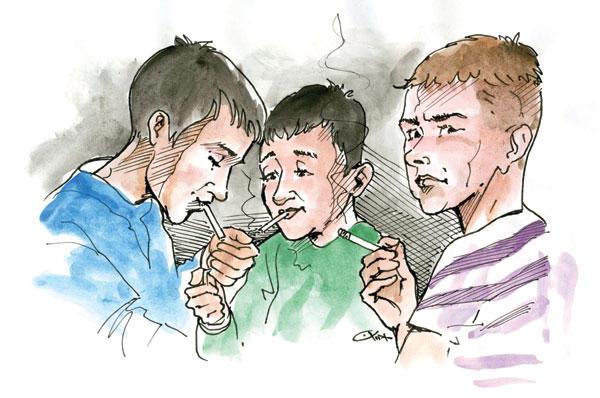Benghazi – The phenomenon of the spread of drugs and psychotropic substances is one of the most serious challenges facing contemporary Arab societies in general. Its effects are not limited to the addicted individual alone but extend to the family and the entire community, thereby threatening national security and social stability.
Although the Libyan state launched a national strategy in 2024 to combat this dangerous phenomenon, indicators clearly reveal a recorded increase in the spread and prevalence of drugs and psychotropic substances, reaching the level of local manufacturing.
Despite the intensive and continuous efforts by security agencies in Libya to combat smuggling and trafficking, the scale of the phenomenon is clearly increasing, especially with the involvement of some women in smuggling and trafficking operations, which has posed a growing challenge and pressure on security agencies.
Hardly a day passes without the various security agencies announcing the seizure of quantities of poisonous alcohol, drugs, and psychotropic substances in various Libyan cities.
For their part, security agencies have not limited themselves to their enforcement role but have also contributed to organizing many educational activities to raise awareness among youth about the dangers of using drugs and psychotropic substances, which destroy their lives and make them a burden on society instead of being contributing elements to its progress and development.
Despite this situation, which poses a real and continuous threat to society, the security agencies continue to perform their duties to protect the community from the surrounding dangers. This is done through continuous monitoring of land, sea, and air ports to thwart smuggling attempts, conducting raids and crackdowns on manufacturing and trafficking dens and drug dealers, as well as monitoring the suspicious activities of some citizens involved in these activities, whether through use or trafficking.
Here the question arises: Why do drugs and psychotropic substances continue to spread despite all the efforts to combat them?
The continued spread of this phenomenon may be due to several reasons, including the ability of international trafficking networks to penetrate local communities and the ease of trafficking drugs via the internet and connecting with vulnerable individuals seeking an easy source for quick financial gain.
Additionally, international trafficking networks are constantly innovating and creating new smuggling methods and manufacturing and trafficking new types of psychotropic substances that may be difficult to detect and classify legally in a timely manner.
Unemployment, poverty, and family breakdown are among the most prominent reasons that push some young people to drift into using drugs and psychotropic substances, which later leads them to become involved in trafficking to cover the costs of their use and to achieve quick and easy financial gains.
Here, another question arises: Do legal penalties constitute a real deterrent to this phenomenon?
Penalties for drug use and trafficking in Libya are extremely strict. The penalties include long prison sentences and large fines for anyone convicted of manufacturing and trafficking drugs, and the penalty for trafficking can reach the death penalty according to Law No. 7 of 1990 and its amendments.
How effective are awareness programs about the dangers of drugs?
The efforts made in this direction to curb the spread of drugs in Libya cannot be underestimated, whether the awareness efforts by security agencies or the educational seminars organized by civil society organizations.
But why haven’t these efforts had the desired impact?
Some involved in awareness activities believe that the influence of bad company on youth is far greater than the impact of awareness programs, which may be active only intermittently. In their view, the matter primarily requires self-awareness and self-fortification by young people regarding the dangers of drug use to their lives and futures, and avoiding the company of bad individuals involved in using drugs and psychotropic substances.
Others say that awareness programs should focus on and target individuals who have fallen into the trap of drug use and trafficking. However, this approach is often unsuccessful because most drug users avoid admitting they have fallen into the swamp of addiction for fear of social stigma. Thus, these programs will be limited to individuals who have officially undergone rehabilitation programs in addiction treatment centers.
So, what are the effective solutions to stop the spread of this phenomenon?
Some specialists in this field say that the most effective solutions to curb this phenomenon include intensifying media and awareness campaigns in the media and in educational institutions at all levels, and exploring the possibility of introducing a subject within the educational curriculum that focuses on all dangers facing society, most notably drugs.
Specialists also point to the importance of enlightening families about the need to get closer to their children and open a dialogue with them about the dangers of these matters and practices they might be drawn into while browsing social media platforms or mixing with bad company.
Specialists warn of the danger of idleness in the lives of youth and the rising generations in particular, and they stress the importance of filling this time by engaging in sports or artistic hobbies that strengthen their character development and enable them to self-fortify against getting involved in things that destroy their lives.
